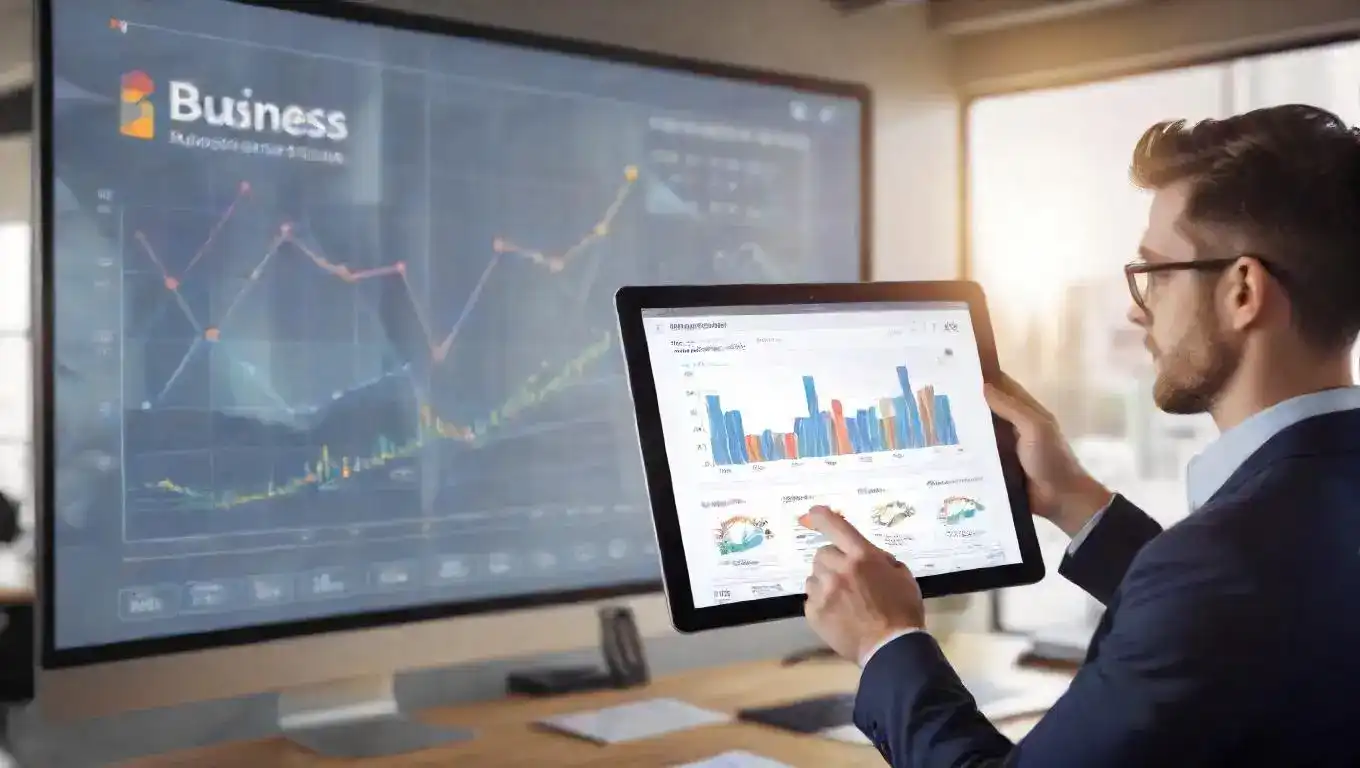MPG to L/100km Fuel
Emily Willis
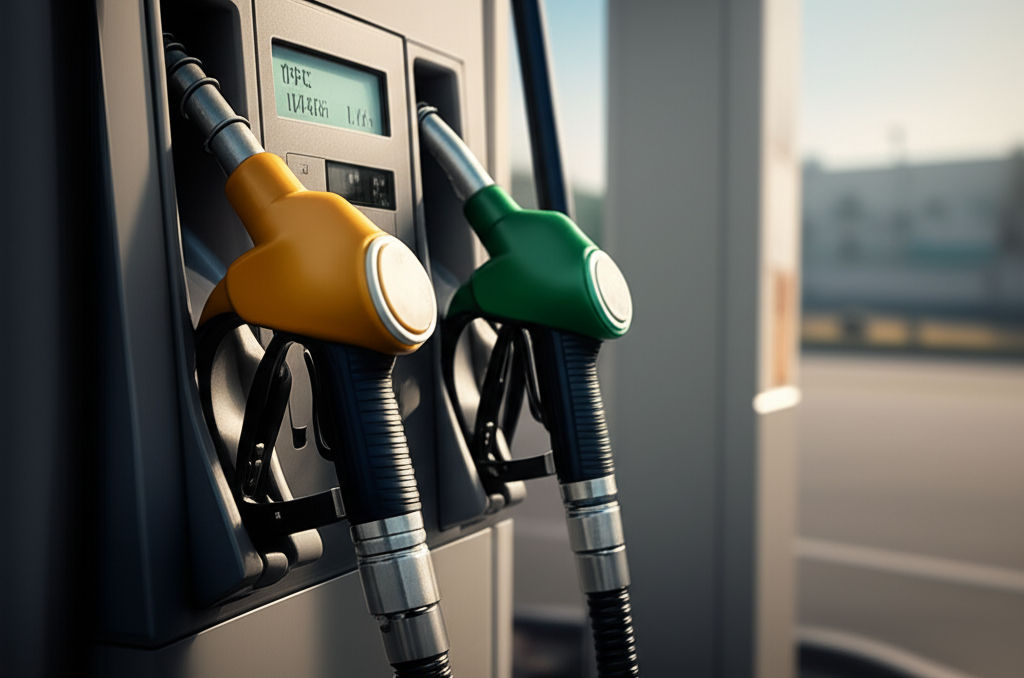
Photo: MPG to L/100km Fuel
Navigating the Road Ahead: A Comprehensive Guide to MPG to L/100km Fuel Conversion
In our increasingly interconnected world, understanding different measurement systems is more crucial than ever, especially when it comes to something as universal as fuel efficiency. Whether you're planning an international road trip, importing a vehicle, or simply trying to make sense of global car reviews, you've likely encountered two primary ways to measure how much fuel your car sips or guzzles: Miles Per Gallon (MPG) and Litres per 100 Kilometers (L/100km). These two metrics, while both indicating fuel efficiency, tell their story in fundamentally different ways.
This article will demystify MPG and L/100km, explain why these conversions are essential, and provide you with straightforward methods to convert between them. By the end, you'll be well-equipped to interpret fuel efficiency figures with confidence, save money, and even contribute to a greener planet.
Understanding Fuel Efficiency: MPG Explained
For many in the United States and the United Kingdom, Miles Per Gallon (MPG) is the familiar standard for measuring fuel economy. As its name suggests, MPG tells you how many miles a vehicle can travel on a single gallon of fuel. A higher MPG number indicates better fuel efficiency, meaning your car can go further on the same amount of fuel. For example, a car getting 40 MPG is more fuel-efficient than one getting 20 MPG.
The Nuance of Gallons: US vs. Imperial
It's important to note that "gallon" isn't a universal unit. There are two main types:
- US Gallon: Used primarily in the United States.
- Imperial Gallon (UK Gallon): Used in the United Kingdom and some other Commonwealth countries.
The imperial gallon is approximately 20% larger than the US gallon (4.546 liters vs. 3.785 liters). This difference means that an MPG rating from the UK will appear higher than an equivalent US MPG rating for the same vehicle, simply because the UK gallon is a larger volume of fuel. For instance, 30 Imperial MPG is better fuel economy than 30 US MPG. This distinction is crucial when comparing vehicle specifications across different regions.
Understanding Fuel Efficiency: L/100km Explained
In contrast to MPG, Litres per 100 Kilometers (L/100km) is the standard fuel efficiency metric used in most countries that have adopted the metric system, including Canada, Australia, New Zealand, Europe, and many parts of Asia and Africa. Instead of measuring distance per unit of fuel, L/100km measures the volume of fuel consumed to travel a fixed distance of 100 kilometers.
Here's the key difference: with L/100km, a lower number indicates better fuel efficiency. For instance, a car that consumes 5 L/100km is more fuel-efficient than one that uses 10 L/100km, as it needs less fuel to cover the same 100-kilometer distance. This makes L/100km a direct measure of fuel consumption, which some argue is more intuitive when considering fuel costs.
Why the Conversion Matters: Bridging the Gap
While both MPG and L/100km serve the same purpose—to quantify a vehicle's fuel efficiency—the difference in units and their inverse relationship can be confusing. Understanding how to convert between them is not just an academic exercise; it offers significant practical benefits:
- International Vehicle Comparison: If you're looking to buy a car that's reviewed or sold in a country using a different system, conversion allows for direct, apples-to-apples comparisons of fuel economy. This is especially relevant for car imports or when browsing global automotive websites.
- Travel Planning and Budgeting: When traveling abroad, knowing how to convert helps you estimate fuel costs more accurately. Imagine driving across Europe, where fuel is sold by the liter and efficiency is given in L/100km, while you're used to MPG. Conversion ensures you're prepared for your expenses.
- Environmental Awareness: Fuel efficiency directly correlates with carbon emissions. Understanding both metrics helps you appreciate the environmental impact of different vehicles, regardless of where they were manufactured or sold.
- Informed Decision-Making: Whether it's choosing a rental car, evaluating a used vehicle, or simply tracking your own car's performance, being bilingual in fuel metrics empowers you to make smarter choices that save money and reduce your carbon footprint.
The Math Made Easy: How to Convert MPG to L/100km
Converting between MPG and L/100km involves a simple formula, but remember to distinguish between US gallons and Imperial (UK) gallons, as they affect the conversion factor.
Converting US MPG to L/100km
The conversion factor for US MPG to L/100km is approximately 235.214583.
Formula: L/100km = 235.214583 / US MPG
Step-by-Step Example: Let's say your car gets 30 US MPG.
- Identify your MPG value: 30 US MPG.
- Apply the formula: L/100km = 235.214583 / 30
- Calculate: L/100km ≈ 7.84 L/100km
So, 30 US MPG is approximately equivalent to 7.84 L/100km.
Converting Imperial (UK) MPG to L/100km
The conversion factor for Imperial (UK) MPG to L/100km is approximately 282.48.
Formula: L/100km = 282.48 / Imperial MPG
Step-by-Step Example: Imagine a vehicle rated at 30 Imperial MPG.
- Identify your MPG value: 30 Imperial MPG.
- Apply the formula: L/100km = 282.48 / 30
- Calculate: L/100km ≈ 9.42 L/100km
Therefore, 30 Imperial MPG is approximately equivalent to 9.42 L/100km. Notice how 30 Imperial MPG (better efficiency) results in a higher L/100km number than 30 US MPG. This clearly highlights the importance of knowing which gallon is being used.
The Math Made Easy: How to Convert L/100km to MPG
Sometimes, you'll need to go the other way – converting a metric L/100km figure back into MPG.
Converting L/100km to US MPG
Formula: US MPG = 235.214583 / L/100km
Step-by-Step Example: Let's convert 6 L/100km to US MPG.
- Identify your L/100km value: 6 L/100km.
- Apply the formula: US MPG = 235.214583 / 6
- Calculate: US MPG ≈ 39.2 US MPG
So, 6 L/100km is roughly equivalent to 39.2 US MPG. This is generally considered excellent fuel economy for a passenger car.
Converting L/100km to Imperial (UK) MPG
Formula: Imperial MPG = 282.48 / L/100km
Step-by-Step Example: Let's convert 6 L/100km to Imperial MPG.
- Identify your L/100km value: 6 L/100km.
- Apply the formula: Imperial MPG = 282.48 / 6
- Calculate: Imperial MPG ≈ 47.08 Imperial MPG
As you can see, 6 L/100km translates to an even higher Imperial MPG number, reflecting the larger Imperial gallon.
Beyond the Numbers: Practical Applications of Fuel Efficiency
Understanding fuel efficiency goes far beyond just crunching numbers; it directly impacts your wallet, the environment, and your overall driving experience.
Saving Money on Fuel
This is perhaps the most immediate and tangible benefit. Fuel-efficient vehicles require less fuel to cover the same distance, directly translating into fewer trips to the pump and lower annual fuel costs. Over time, these savings can be substantial. For example, driving a car that gets 30 MPG instead of 20 MPG could save you thousands of dollars over five years.
Reducing Your Environmental Footprint
Every litre of fuel burned releases carbon dioxide and other greenhouse gases into the atmosphere. More fuel-efficient cars consume less fuel, thereby emitting fewer harmful pollutants and contributing less to climate change and air pollution. Choosing a fuel-efficient vehicle is one of the most effective ways
Latest ✨
View AllDeveloped economies face a new global order. Understand how they're adapting to multipolar power, tech disruption, and climate change for future prosperity.
Emily Willis
Impact lives as a PT! This guide details the education path to becoming a physical therapist, from undergraduate prep to DPT and licensure.
Emily Willis
steps to finding a profitable business idea, including understanding your passions and skills, solving problems, conducting market research, finding a niche, leveraging your network, brainstorming, testing and validating your idea, staying updated on trends, evaluating market potential, validating your idea with customers, evaluating financial viability, protecting intellectual property, seeking guidance and support, and being prepared to adapt and evolve.
Emily Willis
Embrace the charm of "scuffed yet super fun" experiences! Discover why unpolished, authentic moments bring true joy in a world obsessed with perfection.
Emily Willis
Business
View All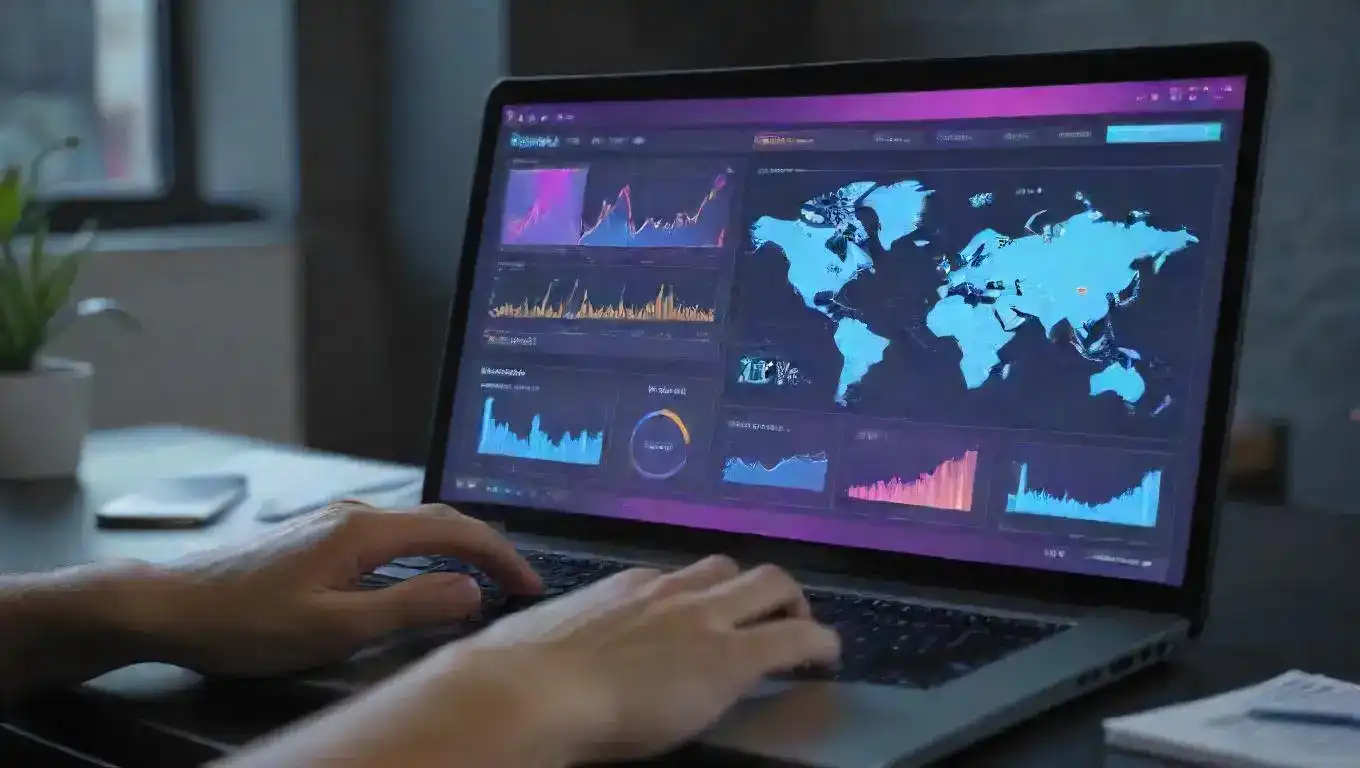
August 5, 2024
The Latest Digital Marketing Trends You Must Know in 2024top digital marketing trends for 2024, including the rise of AI, the importance of user experience, video marketing dominance, influencer marketing, privacy and data security, sustainability and ethical marketing, and emerging trends like AR/VR, metaverse marketing, blockchain, and NFTs. Specific strategies are provided for leveraging AI for personalized customer experiences, enhancing user experience for mobile users, creating engaging video content, building authentic influencer partnerships, prioritizing data privacy and security, integrating sustainability and ethical practices.
Emily Willis

June 8, 2025
Build an Ethical BusinessUnlock sustainable success by building an ethical business. Learn how integrity fosters trust, attracts top talent, and ensures long-term profitability.
Emily Willis

July 10, 2025
Happy Business Card DesignsDiscover the art of happy business card design. Create memorable, joy-infused cards that make a positive, lasting impression and spark connection.
Emily Willis
Economy
View AllRedefining budget travel: Economy stays are now vibrant, tech-savvy, and stylish. Discover the "Inn-ovation" offering comfort & value.
Read MoreDiscover Virgin Atlantic's elevated dining! From gourmet Upper Class to delightful Economy meals, experience a culinary journey above the clouds.
Read MoreUnderstand business cycles: master economic upswings & downturns. Make informed financial decisions, build resilience, and seize opportunities.
Read MoreEntertainment
View All
July 6, 2025
Gaijin Store FindsExplore "Gaijin Store Finds"! Discover unique international treasures that tell a story & connect you to global cultures. Beyond souvenirs.
Emily Willis

July 7, 2025
Scene75 Chicago FunScene75 Chicago: Your ultimate guide to Chicagoland's premier indoor entertainment. Go-karts, laser tag, arcade, VR & more for all ages!
Emily Willis

July 7, 2025
MB2 Santa Clarita ActionDiscover MB2 Santa Clarita: Your ultimate 7-acre hub for action-packed fun! Go-karts, laser tag, arcade, and more for all ages. Plan your adventure!
Emily Willis
Health
View AllRegular physical activity is crucial for maintaining long-term health and well-being. It has numerous benefits, including improving cardiovascular health, aiding in weight management, enhancing mental health, strengthening bones, boosting immune function, and promoting longevity.
Emily Willis
Unlock your potential with IU Health careers! Find diverse jobs, great benefits & a supportive culture at a top healthcare system.
Emily Willis
maintaining good health and well-being through nutritional choices. A balanced diet, incorporating whole foods, staying hydrated, consuming nutrient-dense foods, managing portion sizes, practicing mindful eating, eating regular meals and snacks, considering supplements, and adopting sustainable eating practices are all highlighted as effective strategies for enhancing overall.
Emily Willis
Trending 🔥
View All
1
2
3
4
5
6
7
8
9
Lifestyle


Sports
View AllAugust 4, 2024
The Importance of Mental Training and Psychological Strategies in Helping Athletes Reach Their Peak Performance on the Field
Read MoreTechnology
View All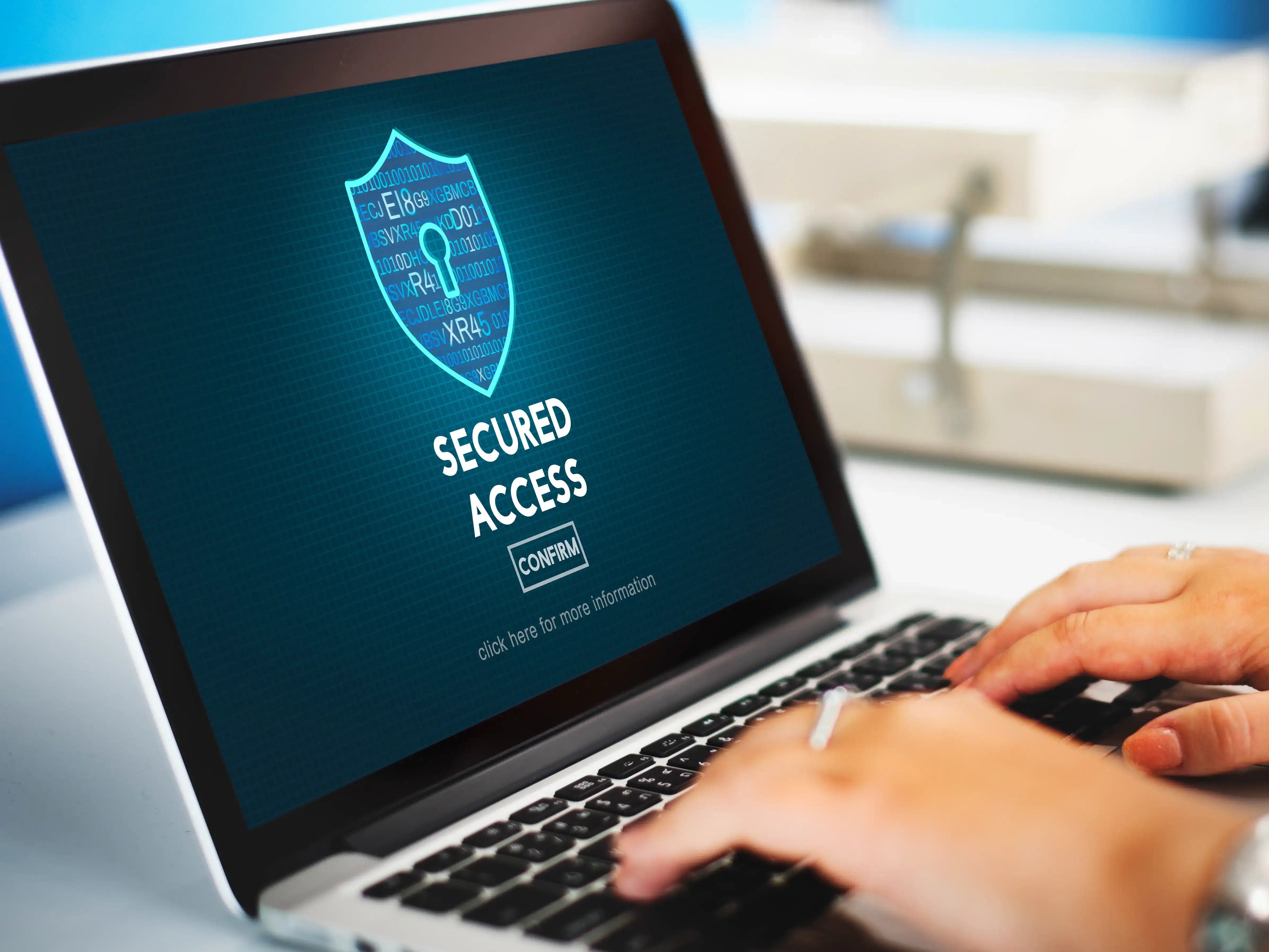
August 5, 2024
Tips for Keeping Your Personal Data Safe on the Internet
The digital age has made personal data more vulnerable to threats such as phishing, hacking, identity theft, and data breaches. To protect yourself, it is important to create strong passwords, be cautious of phishing attacks, secure your devices, safeguard your personal information online, practice safe online shopping and banking, protect your social media accounts, and stay informed about cybersecurity threats.

August 5, 2024
The Most Common Types of Cybersecurity Threats
In today's digital age, cybersecurity threats are increasing in sophistication and frequency. It is important for businesses and individuals to be aware of these threats in order to protect sensitive information and maintain privacy. Understanding common types of cybersecurity threats is the first step in safeguarding against them.
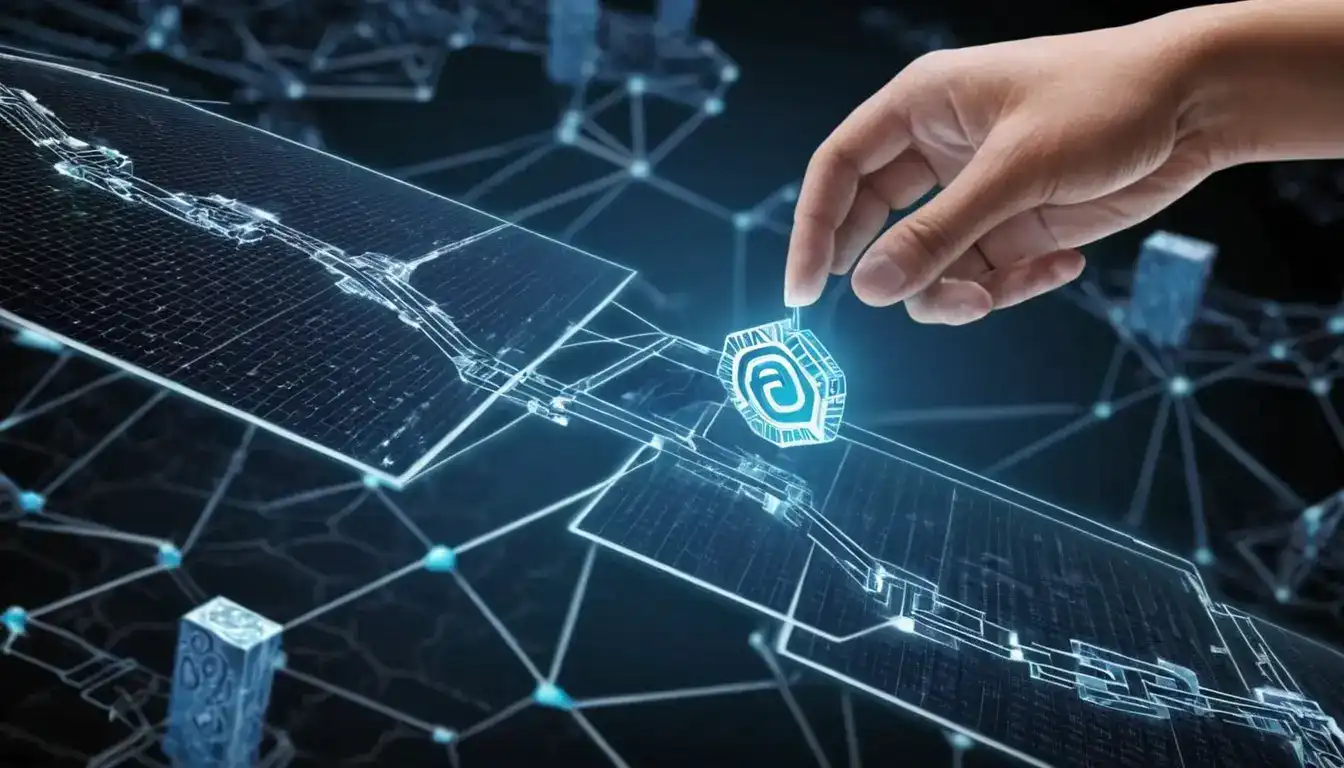
August 4, 2024
Get to know Blockchain Technology and its Potential in the Future
Blockchain technology, initially known for its association with Bitcoin, has evolved into a versatile tool with applications beyond cryptocurrency. It is a decentralized digital ledger that ensures secure, transparent, and tamper-resistant transactions. Key features include decentralization, security, transparency, and immutability. Current applications include cryptocurrencies, supply chain management, smart contracts, digital identity verification, healthcare, and voting systems.
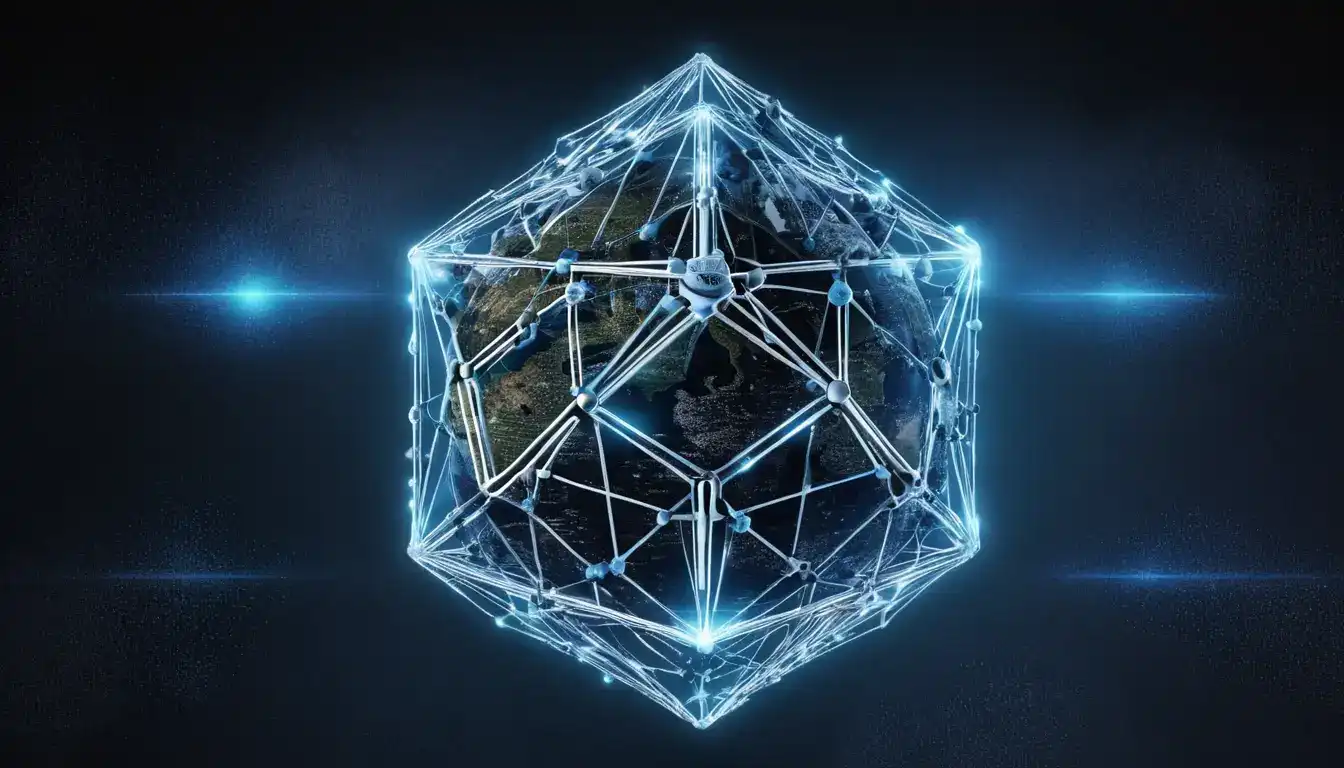
August 5, 2024
AI Trend Predictions for 2024 and beyond
AI is no longer a futuristic concept, it is shaping our world at an unprecedented pace. In 2024 and beyond, AI trends are likely to dominate in various industries. Generative AI is expected to revolutionize content creation, design, and product development. In healthcare, AI will lead to personalized medicine, drug discovery acceleration, improved diagnostics, and remote patient monitoring.


